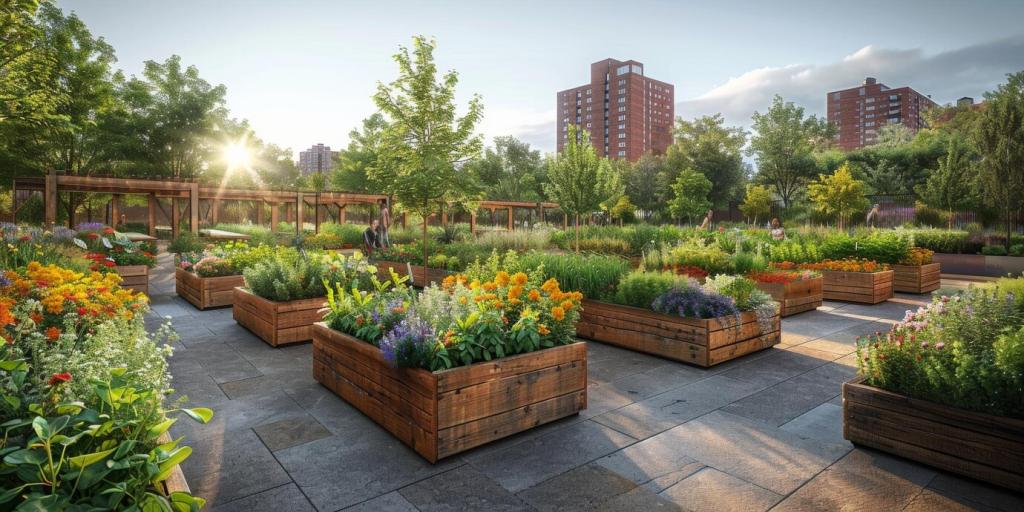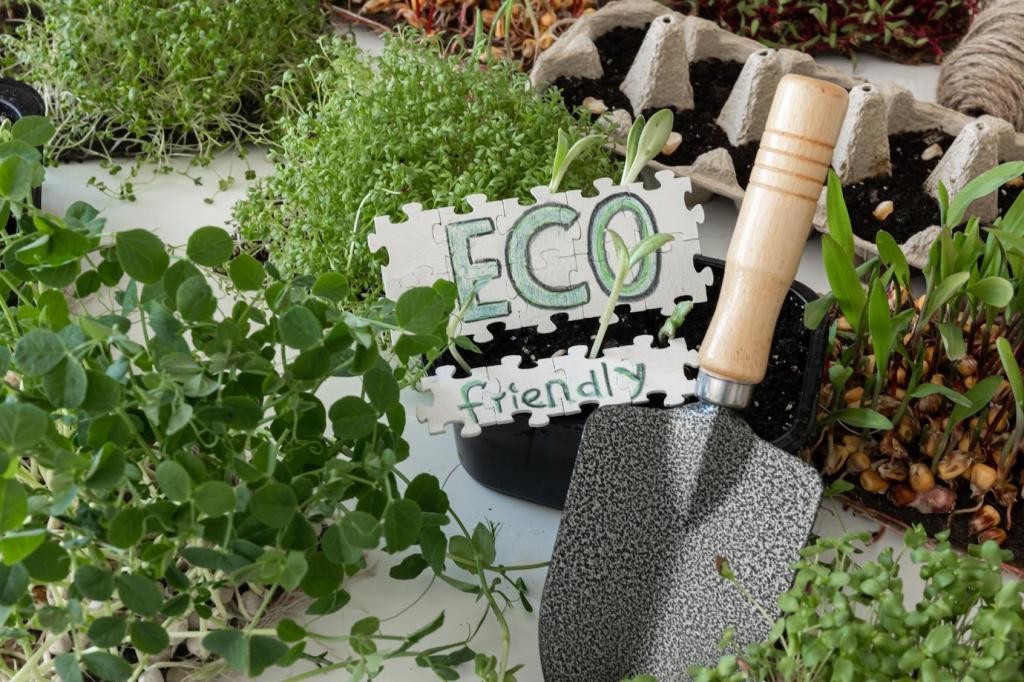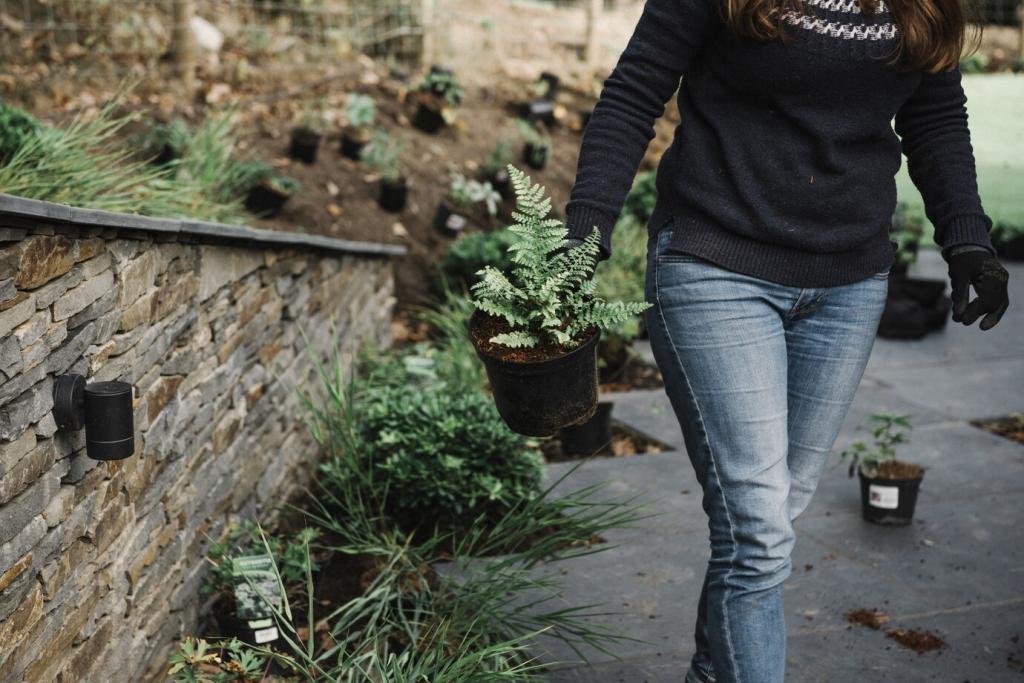
Grow Smarter: Climate-Responsive Planting Strategies
Chosen theme: Climate-Responsive Planting Strategies. Welcome to a garden-forward home page where every idea helps your plants thrive through heatwaves, downpours, and shifting seasons. Explore practical tactics, relatable stories, and research-backed insights—and join our community by commenting, subscribing, and sharing your experiences.
Reading Your Garden’s Microclimates
Walk your space at different times, noting where shadows stretch, breezes funnel, and water lingers after rain. Sketch a quick map and label hot spots and cool refuges. Share your map in the comments to inspire other readers.


Heat- and Drought-Smart Choices
Seek deep-rooted perennials, silver-leaved herbs, and heat-set tomatoes. Native grasses handle scorching afternoons and stabilize beds. Plant smaller transplants early to encourage roots to chase moisture. Have a favorite survivor variety? Recommend it to fellow readers.

Flood-Tolerant and Flexible Root Systems
Where storms stall, choose plants with aerenchyma or fibrous roots that handle brief saturation, like switchgrass and elderberry. Mound heavy feeders on ridges, and tuck moisture lovers in swales. Share your flood-ready palette to help neighbors downstream.
Timing by Phenology and Degree Days
Rewriting Sowing Calendars with Heat Accumulation
Track growing degree days instead of fixed dates. When lilacs leaf, sow peas; when oak leaves reach mouse-ear size, plant beans. Adjust weekly based on your log. Post your region and first sowing cue to compare notes with others.
Frost, Chill Hours, and Fruit Set Reality
Late frosts and shrinking chill hours complicate fruit trees. Choose low-chill cultivars, keep frost cloth ready, and site trees with cold-air drainage. Document bloom dates yearly; small patterns reveal big shifts. Share your logs to crowdsource smarter timing.
Phenology Signals: Nature’s Planting Calendar
Watch for migrating birds, insect emergences, and hedge blooms. These cues synchronize with soil warmth and pollinator activity. Encourage kids to spot signals and keep a garden phenology journal. Tell us your most reliable local sign in the comments.
Designing for Water Resilience
Channel roof runoff into cisterns, slow flow with swales, and plant rain gardens with deep-rooted natives. Shape gentle berms to spread water. Post a quick sketch of your water path—our readers love real-world layouts and lessons learned.
Designing for Water Resilience
Four inches of organic mulch cuts evaporation and cools soil. Shade cloth over tender greens reduces transpiration. Add living mulches under tomatoes for cooler roots. What mulch blends work best for you? Share combinations and expected breakdown rates.

Harnessing Heat Islands Without Burning Out
Use reflective whites behind heat-tolerant peppers to amplify morning warmth, then add afternoon shade screens. Group containers to create a humid micro-pocket. Comment with the hottest surface you’ve tamed and the trick that made it livable.
Containers that Regulate Heat and Moisture
Clay breathes but dries; fabric pots boost roots but need steady watering. Self-watering planters with wicks stabilize moisture during heat spikes. What container-soil mix kept your basil perky in July? Share ratios, brands, and watering intervals.
Light Management: Reflect, Diffuse, and Filter
Bounce light with pale walls, soften glare with sheer netting, and filter harsh sun through lattices. A small tweak can extend leafy greens by weeks. Tell us how you juggle light on a balcony where angles shift dramatically.

